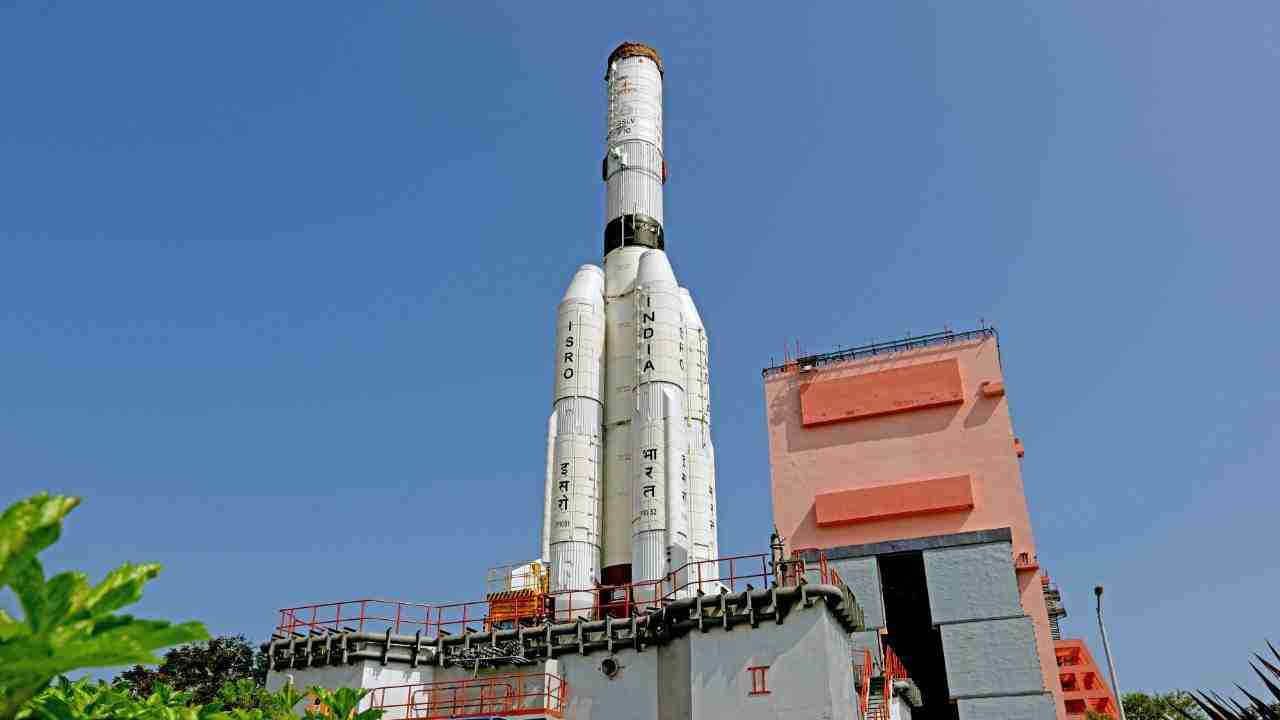Chennai: Suspense continues on the revised date of launch of India’s first Geo Imaging Satellite-1 (GISAT-1) with Indian space agency officials maintaining silence on the matter.
On March 4, a day before the scheduled launch GISAT-1 onboard the Geosynchronous Satellite Launch Vehicle-F10 (GSLV-F10) and hours before the start of the launch countdown, Indian space agency announced postponement of the mission owing to some technical glitch.
“The launch of GISAT-1 onboard GSLV-F10 (Geosynchronous Satellite Launch Vehicle-F10), planned for March 05, 2020, is postponed due to technical reasons. Revised launch date will be informed in due course,” Indian Space Research Organisation (ISRO) had said on March 4.
The ISRO did not share any detail about the technical glitch and its rectification since then.
Several calls and messages to senior ISRO officials by IANS were not answered or replied.
A four metre diameter Ogive shaped payload fairing (heat shield) has been used in the rocket for the first time, ISRO had said.
The Indian space agency said GISAT-1 would provide real time image of large area of region of interest at frequent intervals. It will also enable quick monitoring of natural disasters, episodic events and any short term events.
The 2,268 kg GISAT-1 will also provide spectral signatures for agriculture, forestry, mineralogy, disaster warning, cloud properties, snow, glaciers and oceanography.
The satellite will have payload imaging sensors of six band multi-spectral visible and near infra-red with 42 metres resolution; 158 bands hyper-spectral visible and near infra-red with 318 metres resolution and 256 bands hyper-spectral short wave infra-red with 191 metres resolution.
–IANS


















